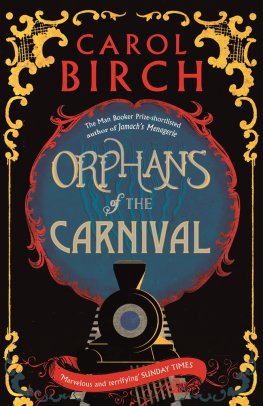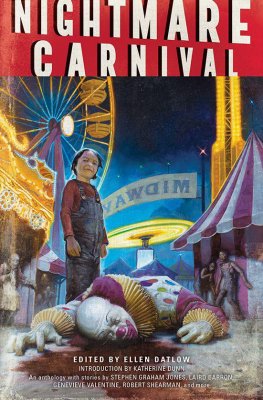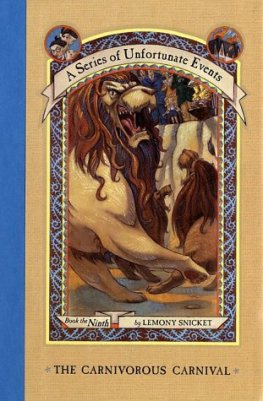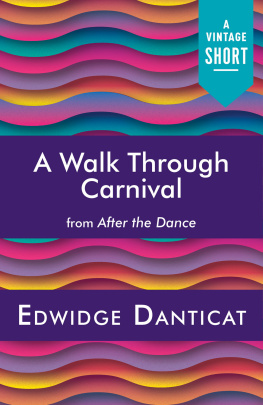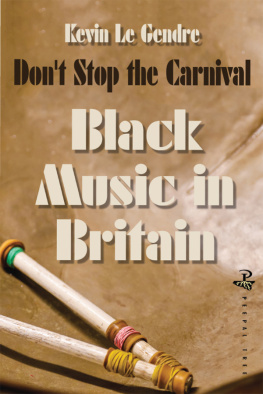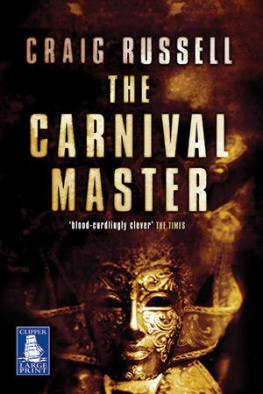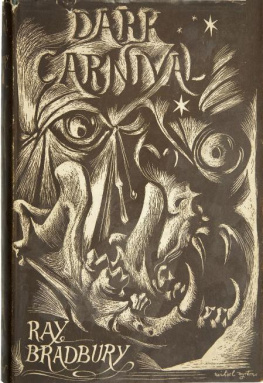The University Press of Mississippi is the scholarly publishing agency of the Mississippi Institutions of Higher Learning: Alcorn State University, Delta State University, Jackson State University, Mississippi State University, Mississippi University for Women, Mississippi Valley State University, University of Mississippi, and University of Southern Mississippi.
www.upress.state.ms.us
The University Press of Mississippi is a member of the Association of University Presses.
Copyright 2020 by University Press of Mississippi
All rights reserved
Manufactured in the United States of America
First printing 2020
Library of Congress Cataloging-in-Publication Data available
LCCN 2019030132
Hardback ISBN 978-1-4968-2544-5
Trade paperback ISBN 978-1-4968-2545-2
Epub single ISBN 978-1-4968-2546-9
Epub institutional ISBN 978-1-4968-2547-6
PDF single ISBN 978-1-4968-2548-3
PDF institutional ISBN 978-1-4968-2549-0
British Library Cataloging-in-Publication Data available
Preface
This book was born from a panel on Carnivals in the Caribbean presented at the meeting of the Caribbean Studies Association in New Orleans in 2015. Interest in the content of this panel was substantial as it attracted a large, attentive audience and an animated discussion and question period. Publishers present at the conference expressed interest in screening a manuscript and as a result, Frances Henry, who was one of the speakers, approached panel members with the idea of developing an edited book.1
This volume, likely the first of its kind to concentrate solely on women in Carnival, normalizes the contemporary Carnival, especially as it is played in Trinidad and Tobago, by demonstrating not only their numerical strength but the kind of mas that is featured. The bikini-and-beads, or bikini-and-feathers, or pretty mas, is often decried by traditionalists. They hark back to the days of massive historical mas, huge and elaborate costuming clothing, and real-life figures of the past tell their stories with most having little or nothing to do with history of the Caribbean. They criticize the behavior of the women in their scanty costumes who seem only intent on enjoying themselves, and who therefore do not tell a story. What is missed in this form of criticism is what the players of today, mainly women, signify and symbolize in this form of mas, that is, their own newly discovered empowerment as females and their resistance to the older cultural norms of male oppression. This volume therefore provides a feminist perspective to the understanding of Carnival today.
Carnival Is WomanIntroduction
Frances Henry and Dwaine Plaza
While the literature on Carnivals is fairly substantial, especially in the Americas, the subject of women in Carnival as a serious topic of inquiry is relatively new. While the glamour of skimpily clad young and very beautiful women celebrated in the Rio Carnival makes annual headlines, increasingly similarly dressed women in the Caribbean Carnivals also attracts media attention. One of the main differences between the Rio Carnival and those in the Caribbean and its diaspora is that in the former those who are chosen to head the glamorous floats are always young, slim, beautiful, and invariably white. The current Caribbean Carnivals, on the other hand, celebrate ordinary women of all ages, all skin colors, all ethnicities, and most of them are far from slim. As the numbers of women have grown in recent years to about 80 percent of the participants, this phenomenon has caught the attention not only of the media but also of scholars. The growth of feminist research, especially in the social sciences, has spurred on scholars to more closely examine the reasons for this growth in numbers as well as what these large ranks of women are actually expressing as they wine and carouse in very skimpy bikini-and-beads types of costumes (Hosein 2017; Reddock 1997; Barnes 2000). In this introduction, we briefly review the history of Carnivals in the Caribbean with emphasis on the Carnival in Trinidad. Second, we provide a theoretical lens for examining Carnival, focusing on the work of Mikhail Bakhtin (1994). Finally, we end this introductory chapter by discussing the main individual chapters contained within the book.
Overview of Caribbean Carnival History
All Carnivals seem to share a similar quality in that they are characterized by a series of performances or routinized events. This often includes costuming, oral performances, burlesques and farces, aggressive but controlled threats, drunken revelry, licentious and provocative promenading, quasi-street theatre, and transvestism (Green and Scher 2007). Carnival traditions in the Caribbean were developed primarily in Trinidad and Tobago and then spread to other islands and out to the diaspora where Caribbean people have migrated. Carnival in Trinidad is a two-day festive event preceding Ash Wednesday. The spectacle of Carnival usually consists of two days of singing, dancing, parading through the streets, drinking, and indulging in normally restricted behaviors. Carnival today provides a space for revelers to express their sexuality and places greater emphasis on the body and its attractive functions.
Carnival celebrations were brought by French colonizers to Trinidad and Tobago in the eighteenth century and heavily influenced by the Catholic traditions. Balls, concerts, dinners, hunts, and other festive events were held from Christmas until the preceding Ash Wednesday. During their pre-emancipation Carnival activities, the colonizers often costumed themselves as Negues Jadin (Garden Negroes) and mulatresses. They also re-enacted the cannes brules (burning canes), the practice of rounding up slaves to put out fires in the cane field. These masquerade balls were witnessed with great amusement by enslaved Africans who began to have private celebrations of their own incorporating sacred traditions, particularly masking and funerary rituals. They also used these occasions to mock and lampoon the lascivious conduct of the masters and their wives. When the British took over Trinidad and set up their own colonial rule in 1802, the French Carnival tradition continued.
After emancipation in the early 1830s, participation in Carnival by Trinidadians of African descent increased dramatically, and African retentions in music, dance, costume, and ritual became even more predominant. By 1834, Carnival took on the characteristics of a celebration of deliverance rather than a European-inspired nature festival. Former slaves, who numbered in the tens of thousands, celebrated their newfound freedom by marching together, along with those already free. In the earliest period, masqueraders were predominantly male as Trinidad society was patriarchal, and women, important for upholding the values of society, were marginalized (Mason 1998). During this time, their costumes were used to express their social grievances (Liverpool 2001). Specifically, when the slaves fight for freedom became a national movement, costumes conveyed very aggressive meanings via personalities like the Midnight Robber, a Pierrot (i.e., French character that performs poetic rhetoric about societal issues), and stick fighters. Men dominated masquerade such that if there was a female role to be played, males sometimes cross-dressed to perform the role, as in Dame Lorraine (Franco 2007, Hill, 1972, Mason 1998).



